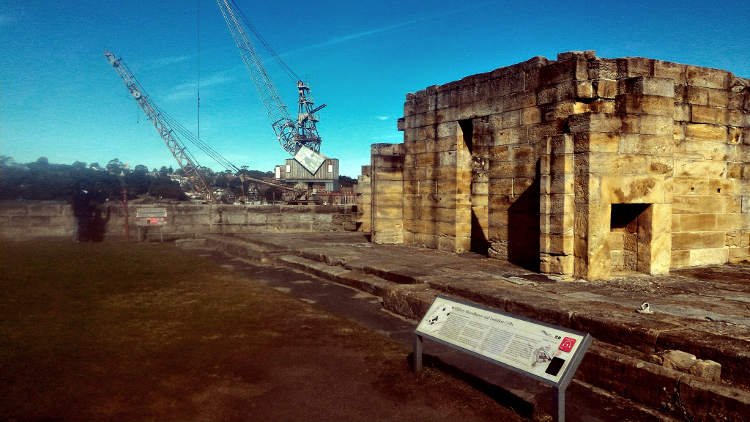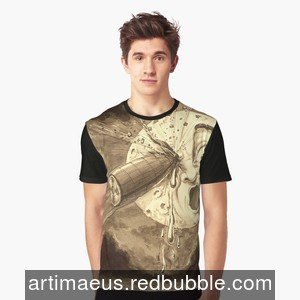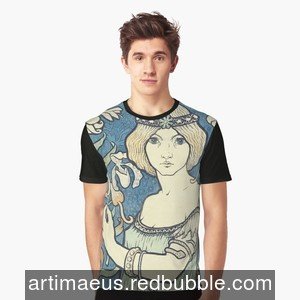- Category: Travel
- Written by Paul Chubb
- Hits: 506
Cockatoo Island: a discovery

Cockatoo Island is located in the back part of Sydney harbour, the other side of the bridge to circular quay. It has a long history of use spanning about 180 years. It is currently a museum area that shows off the several different uses during that time. It is well worth a visit and you can spend most of a day exploring. Being on the harbour, it can be quite windy so dress accordingly.
Today Cockatoo Island is a museum administered by the Sydney Harbour Federation Trust. It contains UNESCO heritage listed areas, and together with the other areas they form a fascinating journey through history from 1839 to 1991.
The earliest white settlement of the island was in 1839 when it was chosen as an alternative to Norfolk Island as a prison for secondary convict offenders. Like Norfolk Island, it housed the worst of the convicts – a total of about 500 at its peak together with a company of soldiers numbering just under 60.
The convict precinct is dotted with substantial buildings and ruins made from the typical convict sandstone block that was quarried on the island.
For almost all the period of white settlement, Cockatoo Island has had a strong connection with boat repair and building. During the convict period, the first of the dry docks were built by the convicts to provide repair facilities for government shipping. The convict era lasted until 1869, when the prisoners were transferred to the mainland.
While the ship industry continued on the island, a new era began with the founding of schools for boys and girls. The boys were housed on a ship anchored off shore and the girls were housed in the old gaol. The boys were foundlings while the girls were a mix of foundlings and petty criminals. The girls school was split and moved to the mainland in 1880 while the boys continued until 1911.

reinforced with concrete in WWII
Throughout this time, the industrial nature of the island as a home of ship repair and building was expanding. By the time of World War II, the island was a key naval repair base hosting both Australian and ally ships. As an important facility in the pacific, there was great concern about attacks. The war time period made it’s impact on the island by adding concrete bomb shelters, additional tunnels through the island to allow easy access, and the hardening of building using concrete. Today, these measures can be read in the the sandstone convict buildings by the rough concrete additions.

The island is divided into upper and lower sites. The dirty or blue collar area where manufacturing was done were mainly in the lower area. This presents as an industrial landscape dotted with cranes and places to work on ships.

While many buildings and machines were removed in the 1990s, some huge corrugated iron sheds can be seen, housing the remnants of the machinery used in ship building. On our visit, I saw lathes the size of two buses end to end, together with large presses and guillotines.
There are several dry docks to be inspected including the Fitzroy dry dock built by the convicts. These are in addition to slipways on the end of the island. Photos by the information booth, show how the island could host around a dozen large ships at one time.
In the upper area are the buildings that housed the clean or white collar work force. Here they did drafting, pattern making, moulding and wood joinery. These buildings are largely intact.

backdropped by a
crane and the Sydney
Harbour bridge.
Food and drink are available in small cafes on either side of the island. The cafe we attended was licensed and also had card facilities.
The island offers a wide variety of accommodation together with night time activities. At the lowest level there are sites for hire where you bring your own tent. Alternatively you can get a camping package using their equipment. There is even a luxury camping experience called “glamping”. The camp ground is equipped with kitchens and bathrooms. If camping is not your style, there are also a range of bricks and mortar options.
To get to Cockatoo Island, you need to take a ferry. We departed from Circular Quay, however the ferries stop at other locations as well.

























